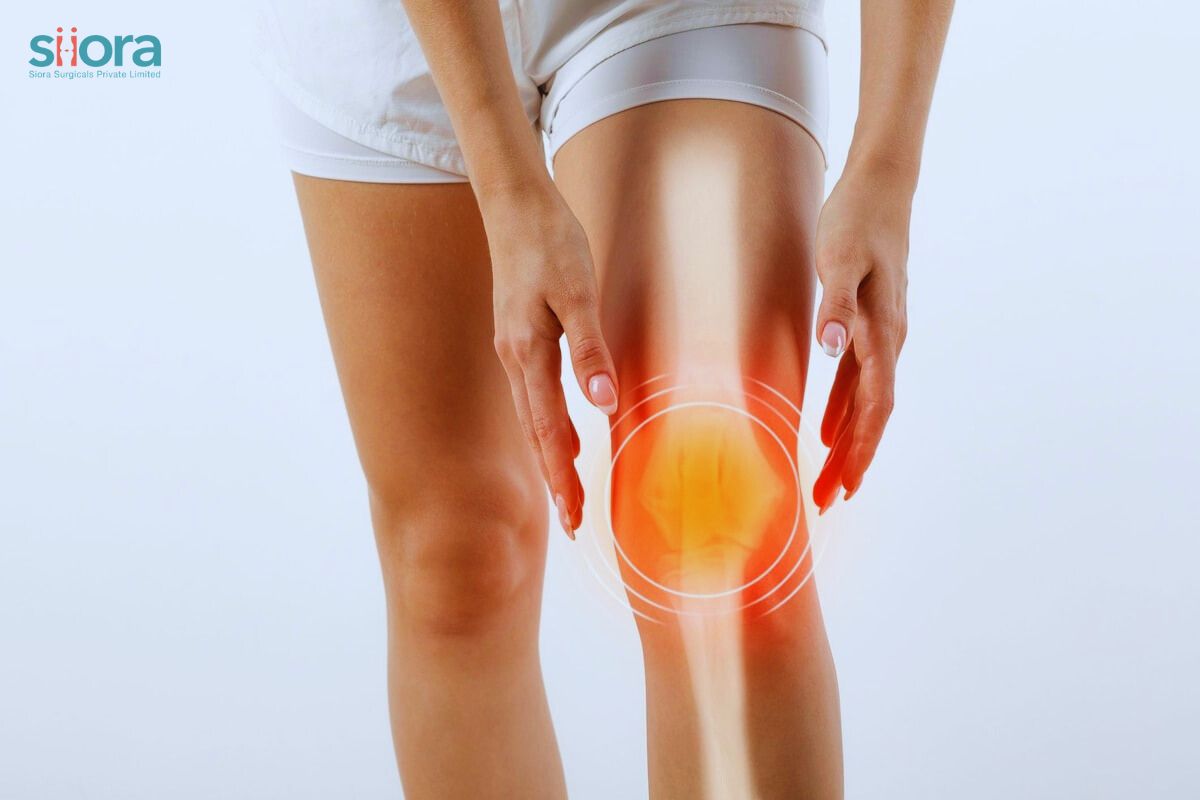What Do You Need to Know About Symptoms of ACL?

An ACL tear is a prevalent knee injury that can occur during sports, physical activities, or even simple movements. Understanding the symptoms associated with an ACL tear is crucial for timely diagnosis and appropriate treatment. In this blog, we will explore the various symptoms of an ACL tear, enabling you to identify this injury and seek the necessary medical attention. Severe cases may demand surgical intervention and it may also involve the use of Orthopaedic Implants. This blog will talk about certain common symptoms associated with ACL tears.
Common Symptoms of ACL Tears
Immediate Pain and Swelling
One of the primary symptoms of an ACL tear is the sudden onset of intense knee pain. The pain is often described as sharp, severe, and located deep within the knee joint. It usually occurs during injury and may remain afterward. Accompanying the pain, significant swelling may develop within hours after the injury. The knee can become visibly swollen, and a feeling of tightness might be experienced. This swelling occurs due to bleeding within the joint, leading to the accumulation of fluid.
Instability and Giving Way
Individuals with an ACL tear often experience a sense of instability in the knee. This instability arises from the compromised integrity of the ACL, which is responsible for stabilizing the knee joint. People may describe a sensation of their knee "giving way" or feeling unstable during weight-bearing activities. Such episodes can be accompanied by a lack of confidence in the knee's stability, making movements like walking, running, or turning challenging and potentially dangerous.
Audible "Pop" and Immediate Weakness
In some cases, an ACL tear is associated with an audible "pop" sound at the time of injury. This sound is often described as a distinct snap or tear. Following the injury, individuals may notice immediate weakness in the affected knee. This weakness can make it difficult to bear weight or continue with physical activity. The compromised ligament's inability to support the knee properly leads to reduced stability and strength, resulting in weakness that is evident right after the injury.
Range of Motion Limitations
Another common symptom of an ACL tear is a limited range of motion in the knee joint. Individuals may experience difficulty fully extending or bending their knees. Stiffness and discomfort accompany these limitations in movement. Activities involving twisting or pivoting, such as changing direction while running or participating in sports, may become particularly challenging. The restricted range of motion can significantly impact daily activities and hinder one's overall mobility.
Delayed Onset of Swelling
While immediate swelling is a common symptom, it is worth noting that in some cases, the swelling associated with an ACL tear might not occur immediately. Instead, it can develop gradually over a few hours or even days after the injury. This delayed onset of swelling can be misleading, as individuals might not initially associate it with an ACL tear. However, the presence of swelling, regardless of its timing, should be evaluated by a healthcare professional.To know more about recent trends and advancements in the industry, register for Medical Fair Thailand Exhibition.
